Description
Wonderfully Fragrant and Carefree
The Japanese Cheesewood is an evergreen shrub native to Japan, Korea and China. Sometimes called the Japanese Mock Orange, these ornamentals have oval leaves that curl under. A cluster of ethereal flowers burst forth from the ends of its branches. These flower branches are so pretty, they’re often used in floral arrangements.
Hardy enough to grow indoors or out, the Japanese Cheesewood prefers partial sun, and sandy, well drained soil. The shrub tolerates drought and increased salinity, so you’ll often spot the Japanese Cheesewood along the coast.
Caring for your Japanese Cheesewood
Known for being relatively easy to care for, this plant can be a great addition to a variety of landscapes, but as with any plant, specific care instructions should be followed to ensure it thrives.
Water
Once your plant is established, the Japanese Cheesewood is drought-tolerant, which means it can withstand periods of dryness. However, it’s best not to let the soil become completely dry. Water deeply once a week, or more frequently during particularly hot, dry periods. When watering, aim to soak the soil to the root level. Overwatering can cause root rot, so it’s important to allow the soil to dry out a bit between waterings.
Fertilizer
The Japanese Cheesewood isn’t a heavy feeder. Applying a general-purpose, slow-release fertilizer in early spring and late summer should suffice. Use the fertilizer according to package instructions, scattering it around the base of the plant and watering it in thoroughly. The nutrients will promote vibrant foliage and help support flowering.
Pruning
Pruning helps to maintain the shape and size of your Japanese Cheesewood and encourages healthy growth. Since the plant naturally has a dense, rounded habit, minimal pruning is needed. The best time to prune is in early spring, before the new growth starts. Use sharp, clean pruning shears to remove dead or damaged branches, and to shape the plant as desired. Be cautious not to over-prune as this can stress the plant and potentially lead to disease.
Pest and Disease Control
The Japanese Cheesewood is generally resistant to most pests and diseases, but it can occasionally fall prey to issues like aphids or scale insects. If you notice any signs of pests, like honeydew residue or curling leaves, consider using a horticultural oil or insecticidal soap to treat the plant. Root rot can be a problem if the plant is overwatered or if the soil doesn’t drain well. Ensure the soil dries out between watering sessions and that your plant is not sitting in water.
Propagation
If you want to propagate your Japanese Cheesewood, it can be done using semi-ripe cuttings taken in late summer or early autumn. The cuttings should be about 4-6 inches long, cut just below a leaf node. Dip the cut end in rooting hormone, then plant it in a pot filled with a mixture of peat and perlite. Keep the cutting in a warm, humid environment until roots develop, then transplant to a larger pot or to the ground.

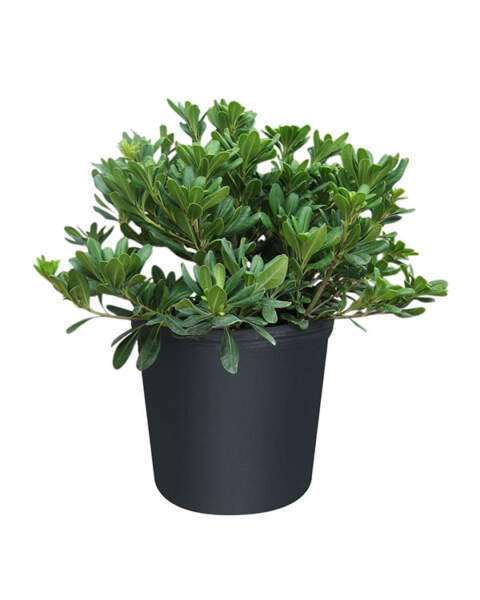
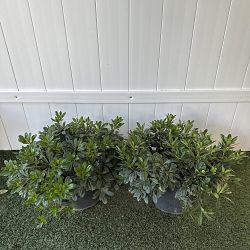
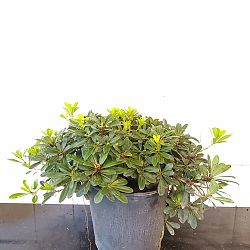
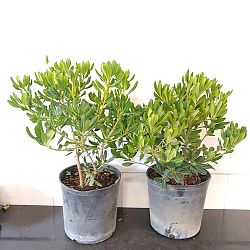
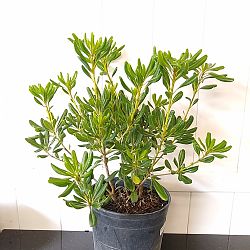

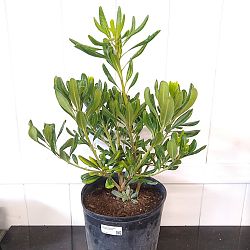
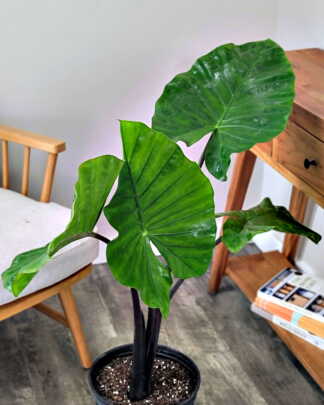
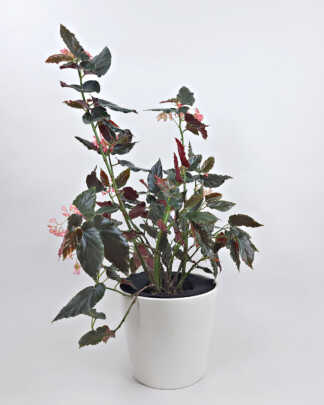
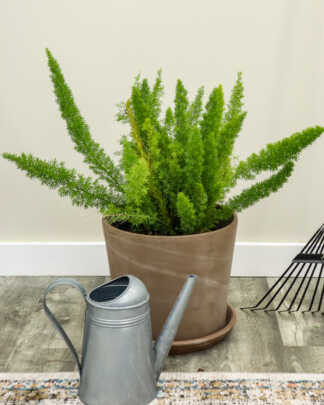
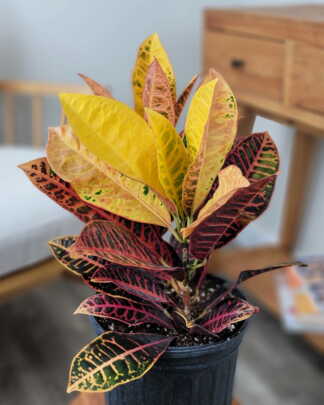
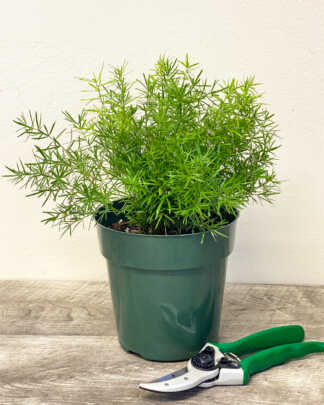


Kim F. (verified owner) –
Fantastic experience overall. Plant arrived in great condition. Communication from Plantvine leading up to the delivery was exceptional. Very satisfied.
Mariana Greene (verified owner) –
The shrub arrived in great condition. There was even dirt still covering the rootball.
Mexico –
What size is the extra large?